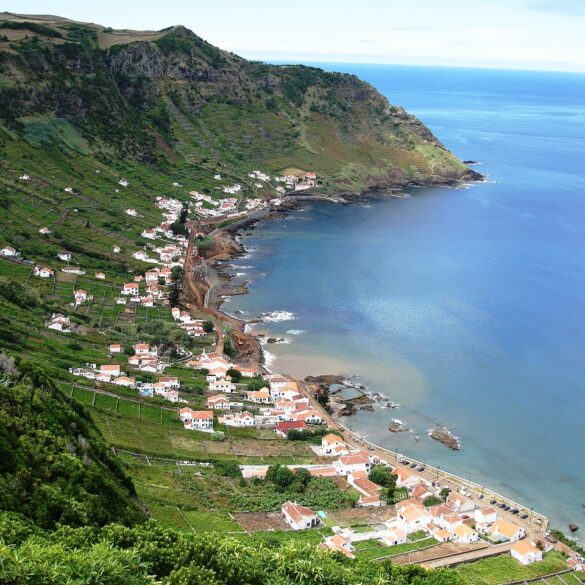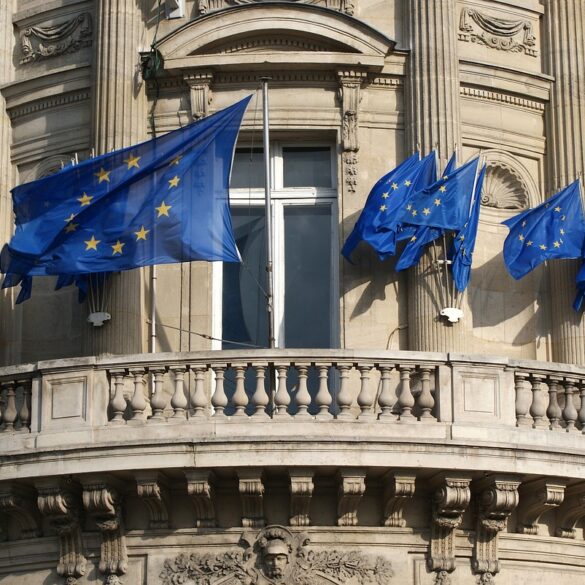The Foreign Office in the UK has issued a travel warning for Iceland as the possibility of a volcanic eruption in the country rises every day.
The authorities in Iceland have also taken to declare a state of emergency soon after hundreds of small earthquakes caused devastation and disruption in the Reykjanes Peninsula.
It is the most populated region in the nation and has been experiencing elevated levels of seismic activity for the last two weeks.
Despite the fact that the activity did slow down at the beginning of this week, experts are still afraid of an imminent volcanic eruption.
Moreover, the Icelandic authorities have taken to evacuate around 4,000 people from a small town located in close proximity to the volcano.
In addition, the Keflavik International Airport, which sits just 10 miles north of the site of the eruption, has not halted operations.
Flights are still departing and arriving despite the authorities declaring a state of emergency throughout the island nation.
Volcanic eruption
The seismic activity in Iceland began in a region located in the north of the Grindavik, which is a small fishing town with a population of 3,400.
Soon after the first few earthquakes, the government sprung into action and evacuated the entire population of the area.
As of now, a magma corridor under the surface has gone on to grow. It stretches a distance of 15 kilometers from the northwestern region of the town and all the way into the Atlantic Ocean.
Monitoring by experts has also suggested that this mixture of semi-molten and molten rock is traveling close to the surface of the earth, which could lead to an eruption of a volcano.
Due to the seismic activity, the area in and around Grindavik is showing large cracks in golf courses and roads.
Flights
The relevant authorities in Iceland have raised concerns over the impact that seismic activity will have on the travel and tourism sector.
The last volcanic eruption in Iceland occurred back in April 2010, which caused disruption in travel throughout North America and Europe.
In addition, the quarter of a billion cubic meters of volcanic ash that was ejected into the air at the time led to the cancelation of over 100,000 flights in a matter of eight days.
Though the authorities are fearing a repetition of the same series of events, the circumstances for the eruption of the Eyjafjallajokull volcano were significantly different.
Back then, a glacier on top of the volcano had melted, which caused the water to rapidly cool the lava.
As a result, tiny particles were launched into the air due to the steam produced in the eruption, and the ash cloud was bigger than anticipated.
Travel warning
In lieu of the possible eruption of the volcano, the UK and Iceland both have discouraged travel to the region.
The Icelandic authorities have stated that they are currently monitoring the seismic activity closely, shortly after the Civil Protection Alert was declared after a number of earthquakes.

